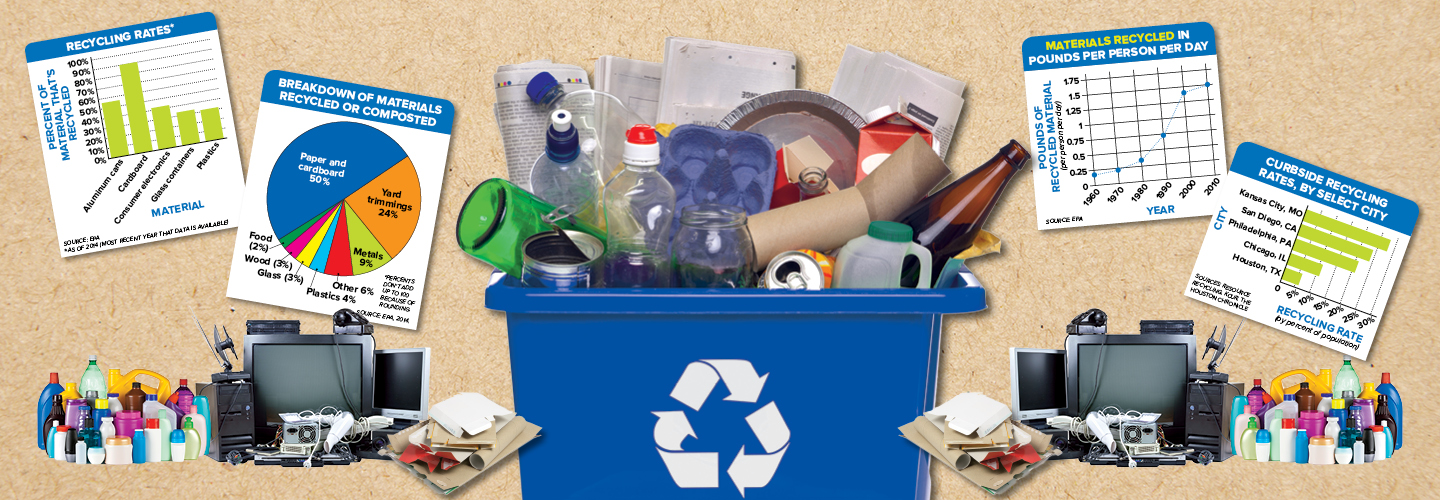With overflowing blue bins outside many homes, it may seem like recycling is more popular than ever. In 2014, Americans recycled or composted 89 million tons of materials. That’s about one-third of the total trash produced.
This is great news for the environment. But the trend hasn’t been all positive for recycling companies. Changes in how we recycle have made the process more difficult and more expensive.
It may seem like recycling is more popular than ever. There are overflowing blue bins outside many homes. In 2014, Americans recycled or composted 89 million tons of materials. That’s about one-third of the total trash produced.
This is great news for the environment. But the trend hasn’t been all positive. At least not for recycling companies. Changes in how we recycle have made the process more difficult and more expensive.

